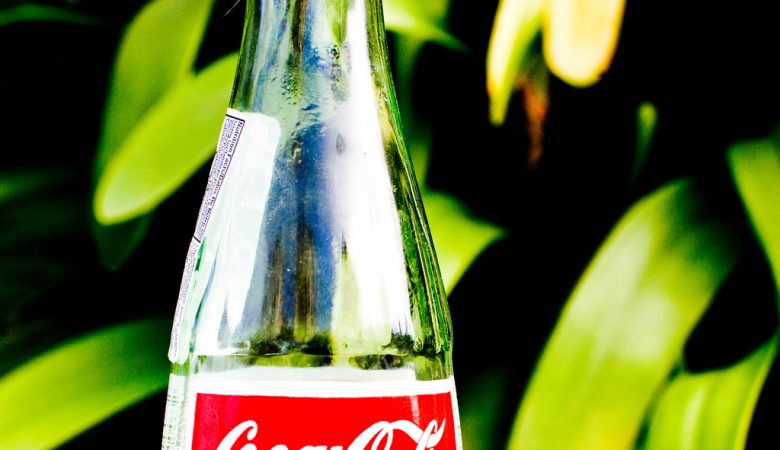Coca Cola Using Blockchain Technology to Advance Workers’ Rights
Apr 2, 2018
Blockchain technology came to prominence with the rise of crytpocurrencies, particularly Bitcoin. It is the back end ledger that cryptocurrencies rely on in order to complete transactions. This is done through storing data in a decentralized way, across multiple servers around the world. Through this, no one person or organization has access to all the data, allowing for data to be more secure from hackers or other perverse interests.
Coca Cola is now looking to expand blockchain beyond the world of cryptocurrency, and into use for social causes. Announced earlier this month, Coca Cola will be partnering with the U.S. State Department, Bitfury Group, Emercoin, and the Blockchain Trust Accelerator to create a blockchain based registry system for workers in foreign countries to have their contracts registered with.
According to statistics from the International Labor Organization, 25 million people worldwide work in forced-labor conditions. Through this partnership, Coca Cola hopes to conduct 28 country-level studies of its sugar supply chain with respect to forced labor, child labor, and land rights.
With the collection of this data, the partnership hopes to establish a blockchain registry to store the information as well as workers’ smart contracts, so that the information is secure and free from influence by governments or employers. In doing so, workers will have bona fide records of their contracts that detail their duties, wages, and period employment. This immutable registry would compel employers to follow through on predetermined contracts, protecting workers from have the terms changed without their knowledge.
While blockchain technology has mostly been used to trade cryptocurrency, its uses span for beyond that realm. Countries have begun to use blockchain to register land titles and other public records, keeping them free from outside influence. The Coca Cola partnership shows how this technology can be used to enact positive social change.
Photo Credit: Thomas Hawk

